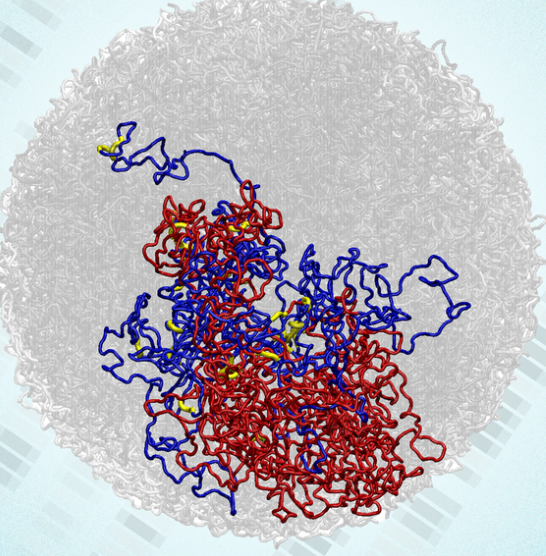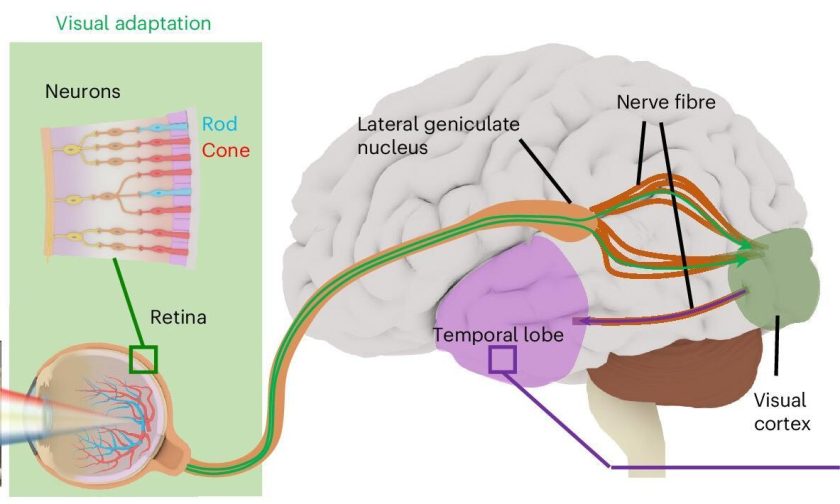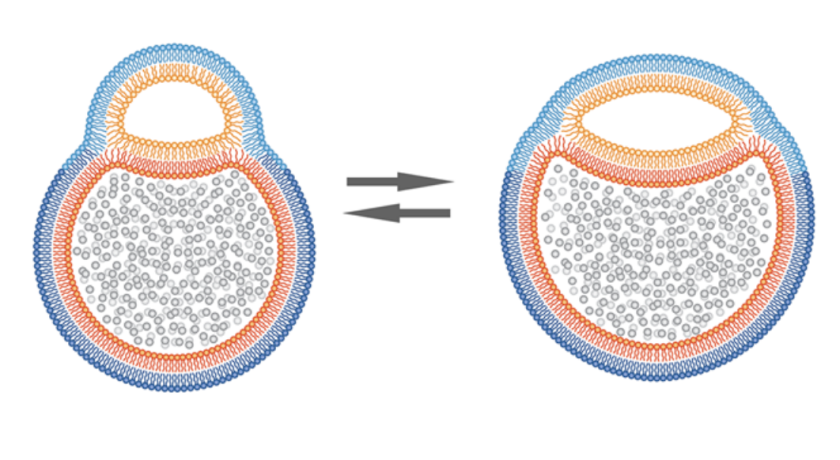
As artificial intelligence (AI) technology is expanding its tentacles rapidly across globe, engineers around the world are designing new types of computer architectures and hardware.
One interesting aspect of most brain-inspired technologies developed so far is that researchers focus on mimicking how neurons fire (i.e., send electrical signals) rather than replicating the entire structure of the brain.
Even though current neuromorphic technology is one of the best approaches to realistically mimic how the human brain processes information, using simple models of neurons misses the complex ways actual neurons process information across both space and time.
The branching structure of neurons (in real brains) is vital for information processing. Particularly important for tasks like seeing.
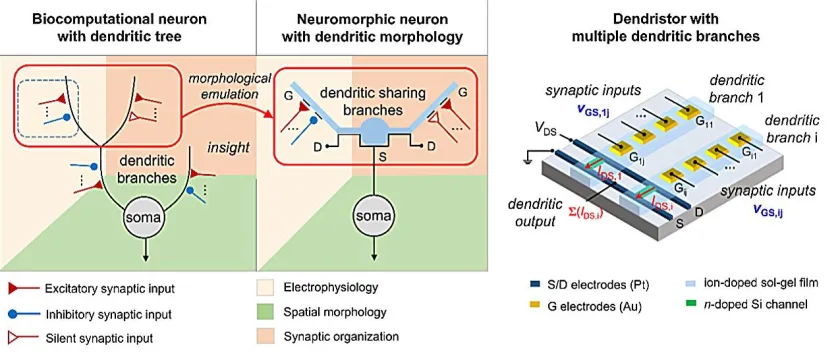
Brain-like Artificial System
Thinking on these lines of thought, researchers at Tsinghua University recently introduced a new model that combines realistic neuron structures (like branches) with advanced silicon technology to better mimic this processing.
Using special materials and designs, they developed a model called, a “dendristor”. It is akin to what we can call a brain-like artificial system. As it can perform complex neuron-like computations. Just like in the brain:
- Synapses: Connections between neurons.
- Dendrites: Branch-like extensions from neurons.
These structures help the brain process multiple signals at once. They combine these signals in a complex way, not just adding them up. This allows neurons to respond selectively to the direction of signals, similar to how real neurons work.
Additionally, the researchers created a network of these dendristors to form circuits that can be used to mimic three-dimensional motion perception, like how parts of the retina work. This could help in developing more advanced and brain-like computing systems.
Cannistraci Explores Brain-Inspired AI Concepts and Silent Synapses
Carlo Vittorio Cannistraci, one of the corresponding authors explained how he came up with the idea during his master degree at the Polytechnic of Milano in Italy. At that time, his concept involved replicating how the brain’s connections are organized and how sparse or dense they are, as well as mimicking the physical shape and structure of neurons.
He explained how he was intrigued by the sophisticated and efficient ways the brain works. He found particular interest in ‘silent synapses,’ which are connections between neurons that don’t actively participate in transmitting signals under normal conditions. These silent synapses become active and start functioning when there is a higher level of electrical activity in the surrounding area.
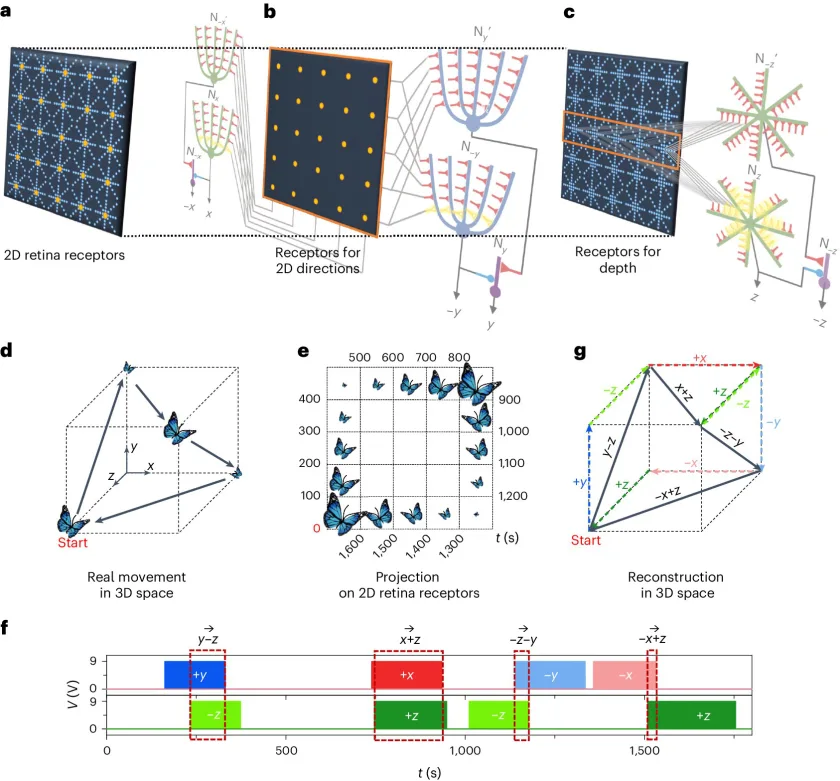
‘Dendristor’ to Mimic Brain’s Dendritic Computations
Inspired by his past studies and research interests, Cannistraci aimed to simulate complex brain mechanisms using computers. In this latest study, he collaborated with researchers at Tsinghua University to replicate the structure of dendrites and the workings of synapses with a neuromorphic computing model.
Eunhye Baek, from Tsinghua University and one of the corresponding authors explained that dendrites, the branch-like extensions of neurons, use their shape to perform their functions effectively. Each of these can organize and process signals that come from different locations in the brain. Accordingly, different branches of dendrites can change and adapt independently, a property known as plasticity, which is essential for learning and memory.
Dendrites combine inputs from multiple synapses (connections between neurons) to produce a unified response for the final output.
Eventually, Cannistraci, Prof. Luping Shi, Baek, and their collaborators designed and developed a new device that mirrors the morphology and function of biological dendrites. This device, named the “dendristor,” replicates the computations of dendrites by utilizing the physics of multi-gate transistors covered with an ion-doped sol-gel film. Here, the multi-gate transistors refers to the advanced transistors with multiple gates to manage the flow of electrical signals.
These transistors are coated with a special material (sol-gel film) that has been infused with ions, which helps to emulate the behavior of dendrites.
Takeaway
Dendristors, the brain/neuron-like dynamic information processing system, will surely enhance the brain-computer interfaces. And it’ll make such interfaces more intuitive and efficient.
Additionally, this tech can be applied in neuroprosthetics and other medical devices. There it will potentially lead to more effective treatments and assistive technologies.
In a nutshell, the introduction of dendristors could lead to major advancements in AI, brain-like computing systems, sensory technologies, and neuromorphic engineering by closely aligning these technologies with biological processes.
Via: Techxplore

